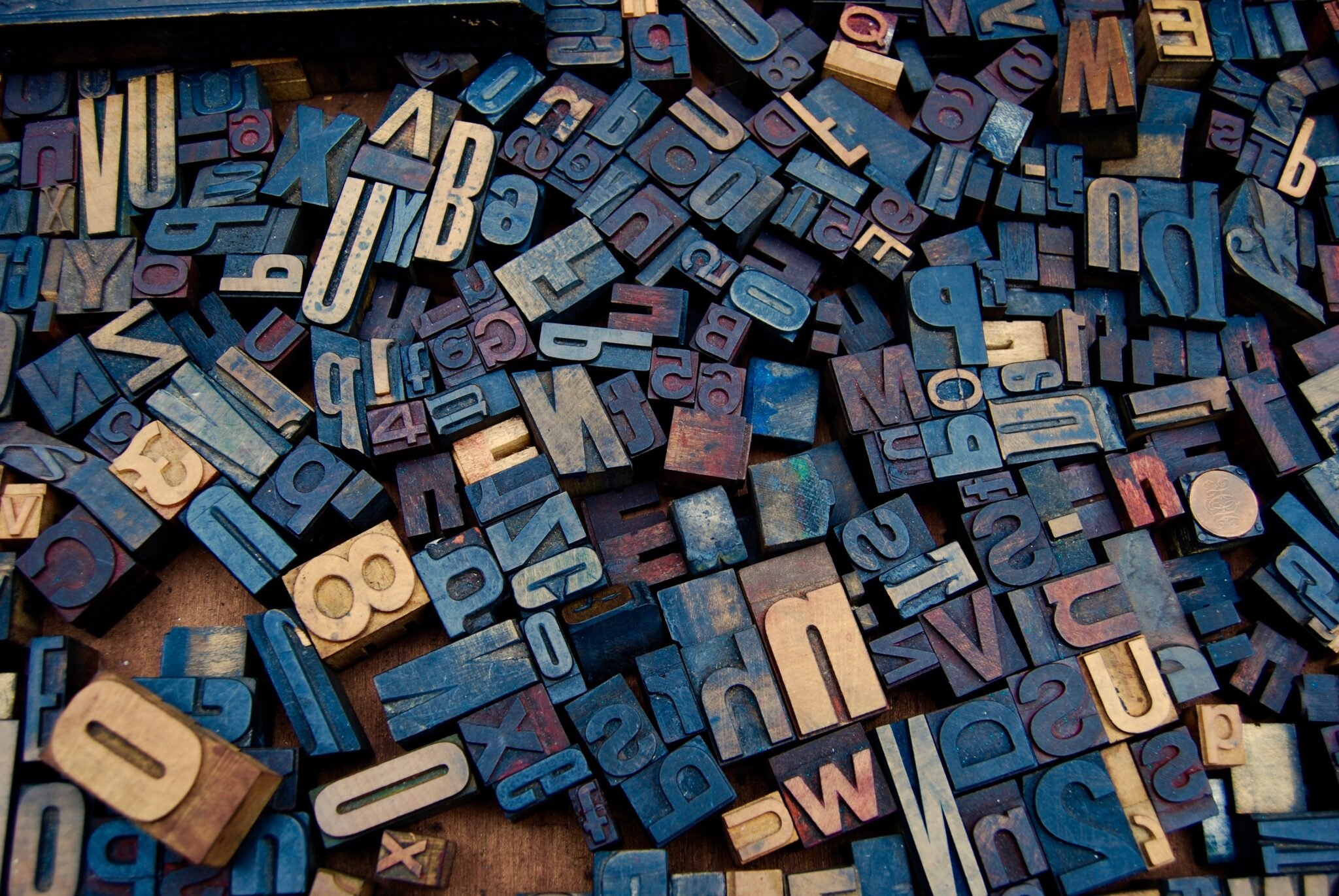Holiday Greetings: IP Protection for Lettering & Font
This season, you've likely been the recipient of a holiday card or two. No doubt influenced by our growing Pinterest culture, greeting cards and invitations are becoming increasingly creative and ornate. Hand-lettering, unique typefaces and fonts, and calligraphy: each are works of art in their own way. How does IP protection for lettering, calligraphy and typeface work? And, are there concerns with using typefaces you haven't created yourself?
IP Protection for Lettering, Fonts, Calligraphy & Similar Works
Before discussing the applicable IP protection for lettering and other letter-based works: a vocab lesson. A "typeface" is defined as a set of letters and numbers that are all in the same style and that are used in printing. A "font," on the other hand, is really a computer program that tells a computer how the letters or characters should appear. Hand-lettering and calligraphy are artistic works in the form of decorative writing.
Trademark
A trademark protects the name of a font or typeface. Remember in 2015 when, all of a sudden, text on your iPhone looked "off"? Apple changed its previously-used font to a new font called "San Francisco." As you can see from the image below, Apple Inc. applied for federal registration of the mark SAN FRANCISCO. The product? "Computer software for the creation and display of typeface fonts."
Click above to view updates on Apple's application, Serial No. 86556282.
Trademark rights in the name alone won't protect Apple from latecomers that create a similar-looking font. But, securing federal registration of its trademark will provide some legal benefits to Apple. It should also help to prevent others from creating typefaces under the name SAN FRANCISCO.
Copyright
As we've discussed, U.S. copyright law protects creative works. This includes works of the visual arts such as paintings and drawings. For more obvious artistic works like hand-lettered art, copyright protection extends to the elements of the artwork that are the artist's original, creative works.
Copyright law also protects literary works. How do literary works apply in a discussion of protection of font and typeface design? Computer programs are oftentimes classified as literary works. Fonts are essentially computer programs. Registration of a font's underlying computer programwill protect how the computer program is written. (But, note, it won't protect the design of the letters and symbols.)
In fact, typefaces and calligraphy alone cannot be the subject of copyright protection. Remember the issues surrounding copyright protection in the context of fashion, "functionality" and the purpose of clothing (i.e., to clothe us and keep us warm)? Well, a typeface is considered to be a functional object. And, "mere variations of typographic ornamentation" are explicitly listed as an example of work not subject to copyright in the U.S. Copyright Act. The court confirmed as much in the case of Eltra Corp. v. Ringer. In that case, the court determined that "typeface is an industrial design in which the design cannot exist independently and separately as a work of art."
AvoidingTyposPitfalls
Commercial use of a font or typeface without permission is like using stock photography commercially without a license. What does "commercially" mean? A commercial use is, essentially, a non-personal use (which probably covers a majority of the reasons for which you'd want to use a particular font -- advertisements, logos, invitations or event announcements, etc.). Proceed with caution when using "free downloads" for certain fonts or typefaces. You want to be sure that the terms and conditions connected to the site offering the font allow for commercial use of that font.



